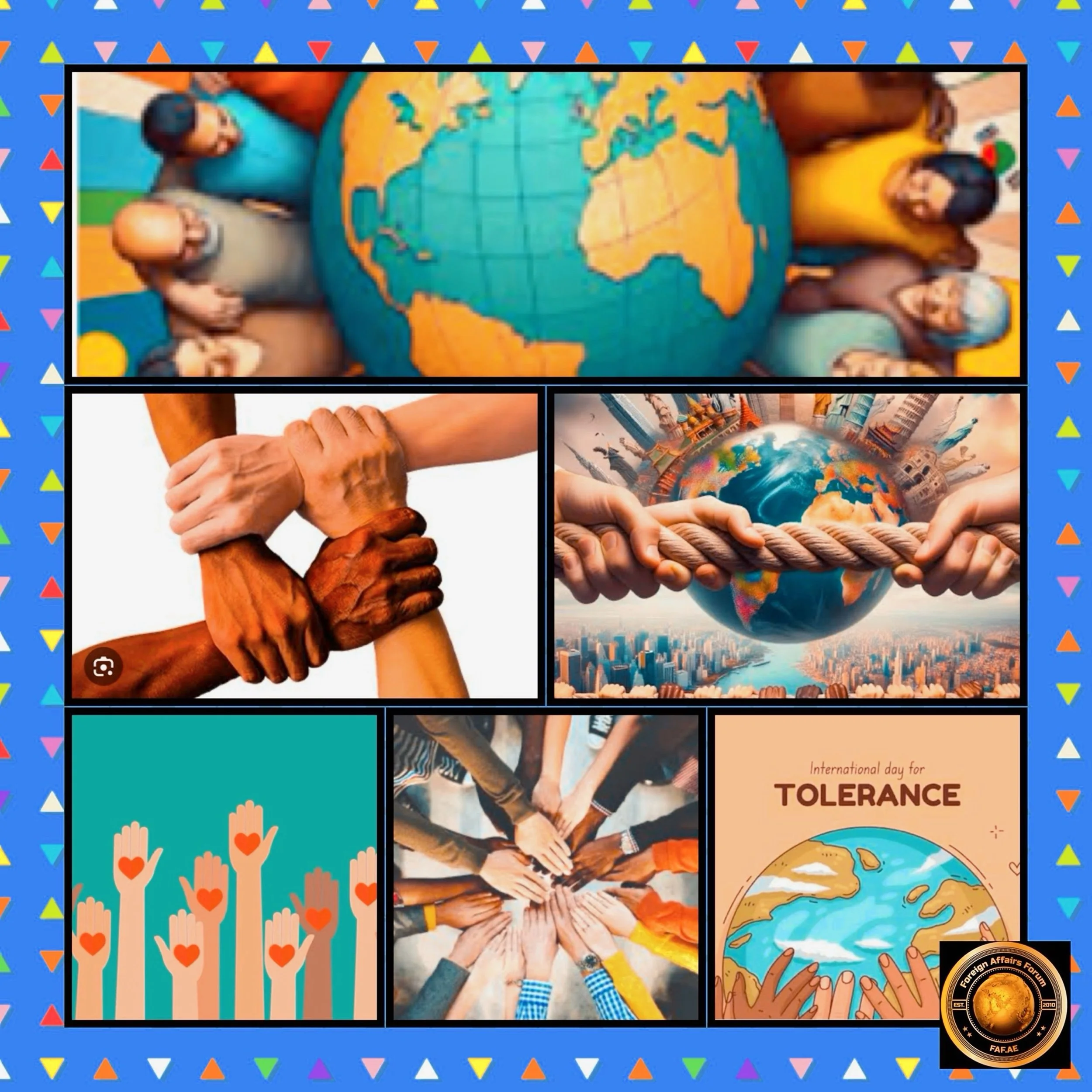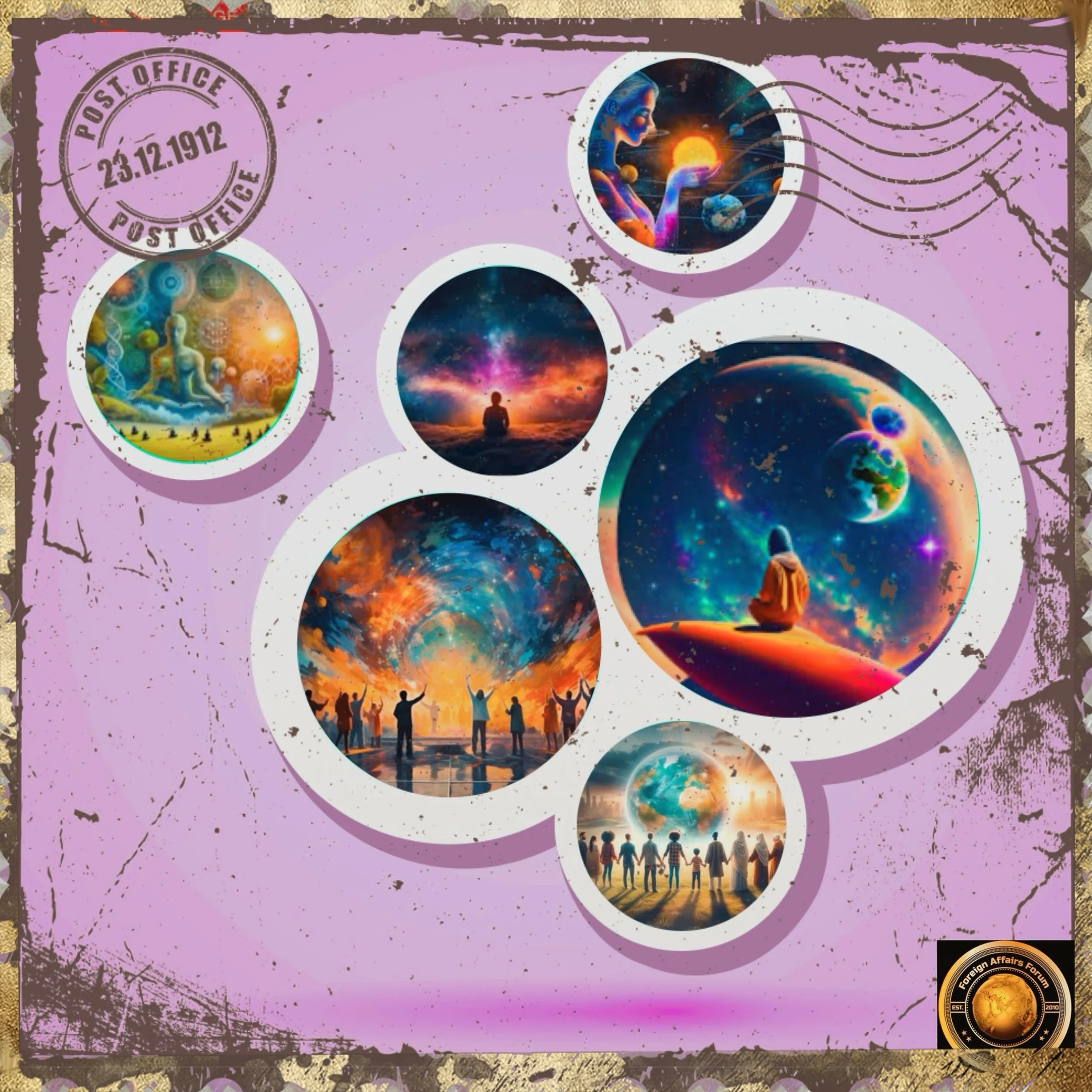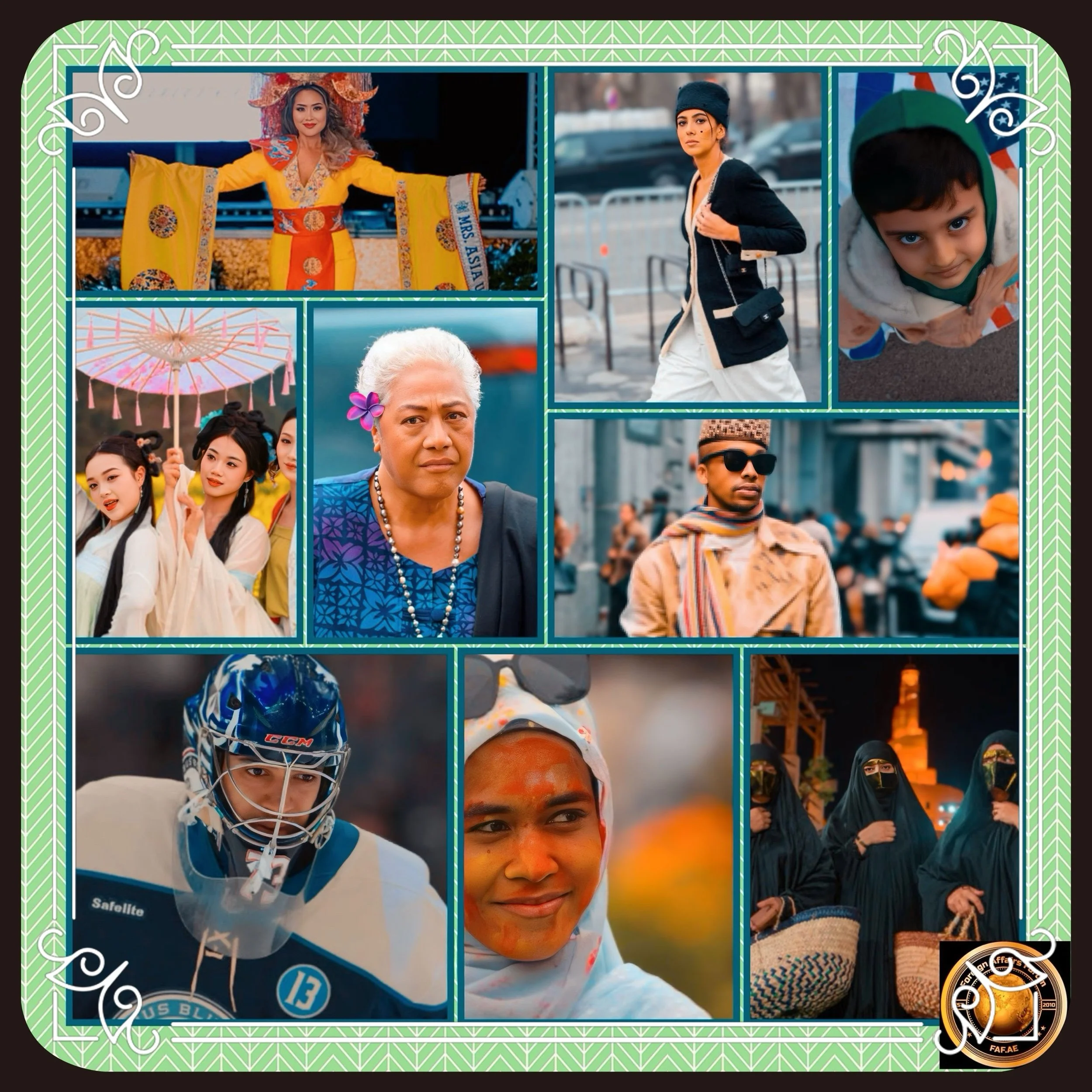The Role of Tolerance in Harmonizing Cultural Identity and Global Unity
Introduction
Tolerance is the linchpin in reconciling the preservation of cultural identity with the pursuit of global unity. In an unprecedented era of interconnectedness and cultural exchange, tolerance enables societies to celebrate diversity while fostering shared values and collective progress.
FAF synthesizes insights from academic studies, policy frameworks, and cultural philosophies to examine how tolerance operates as both a moral imperative and a practical strategy for navigating the complexities of modern multiculturalism.
Conceptual Foundations of Tolerance
Defining Tolerance in a Multicultural Context
Tolerance transcends mere passive acceptance; it involves active engagement with differences while maintaining respect for individual and collective identities. As articulated in the United Nations Declaration of Principles on Tolerance, tolerance entails “respect, acceptance, and appreciation” of cultural diversity, requiring individuals and institutions to confront prejudices while safeguarding minority rights.
This contrasts with indifference or cultural relativism, which lacks the critical engagement necessary for meaningful coexistence.
The European Framework National Statute for the Promotion of Tolerance further distinguishes tolerance from assimilation, emphasizing that it does not demand the erasure of cultural distinctiveness but rather the creation of spaces where differences can coexist.
For instance, the UAE’s national identity project, which integrates expatriates through discourses of multiculturalism without erasing Emirati heritage, exemplifies this approach.
Mechanisms of Tolerance in Practice
Institutional Frameworks and Policy Innovations
Global institutions like UNESCO and the UN have institutionalized tolerance through initiatives such as the International Day for Tolerance and cultural preservation programs. These frameworks recognize that structural inequities—rooted in colonialism, xenophobia, or religious discrimination—must be addressed to prevent superficial coexistence.
The UAE Model: By reframing national identity around “tolerance, diversity, and multiculturalism,” the UAE has created discursive spaces where expatriates contribute to societal narratives without diluting local traditions. Heritage festivals, interfaith dialogues (e.g., the Pope’s 2019 visit), and media campaigns reinforce this inclusive identity.
EU’s Subsidiarity Principle: Delegating decision-making to local levels ensures that global policies respect regional autonomy, as seen in the EU’s multilingual policies and funding for minority language preservation.
Educational Strategies for Intercultural Competence
Education systems play a pivotal role in cultivating tolerance. India’s integration of Vasudhaiva Kutumbakam (the world as one family) into curricula teaches students to appreciate cultural diversity while fostering national cohesion. Similarly, diversity training programs in corporate settings, such as those at Unity Technologies, use perspective-taking exercises to reduce biases and enhance collaboration across cultural divides.
Research underscores that perspective-taking—understanding the historical and social contexts of cultural practices—reduces stereotyping. For example, workshops explaining the significance of Ramadan or Diwali foster empathy among non-practitioners, transforming tolerance from abstract principle to lived practice.
Tolerance as a Response to Historical Inequities
Addressing Legacies of Oppression
Tolerance cannot thrive without acknowledging historical injustices. South Africa’s Truth and Reconciliation Commission (TRC) demonstrated how public reckonings with apartheid-era atrocities could pave the way for a shared national identity. Similarly, indigenous communities use digital platforms to revive endangered languages and traditions suppressed during colonization, asserting cultural pride while participating in global dialogues.
However, tolerance initiatives risk perpetuating power imbalances if they ignore systemic inequities. The PMC study notes that marginalized groups often perceive “double standards” in how majority and minority practices are judged (e.g., critiques of Muslim leaders vs. Christian clergy). Effective tolerance requires equitable enforcement of rights and opportunities.
Religious and Philosophical Perspectives on Tolerance
Interfaith Dialogue and Shared Ethics
Religious traditions offer profound insights into tolerance’s moral foundations. The Baháʼí Faith envisions a global society where diverse spiritual paths coexist under a shared ethical framework, while Sikhism’s Guru Granth Sahib declares, “Recognize the whole human race as one”. These teachings reject uniformity, instead advocating for unity through mutual respect.
Islamic Teachings: The Quranic assertion that “Allah is closer to a person than his jugular vein” emphasizes the personal nature of faith, discouraging coercive homogenization of religious practices.
Buddhist Principles: The Dhammapada’s admonition that “hatred ceases through love” underscores tolerance as an active commitment to nonviolence and understanding.
Challenges and Limitations
The Risk of Superficial Coexistence
Tolerance initiatives often face critique for prioritizing harmony over justice. The PMC study warns against “depoliticized tolerance” that ignores structural inequities, such as economic disparities between global North and South. For instance, celebrating multicultural festivals while neglecting immigrant labor rights fosters symbolic inclusion without substantive equity.
Globalization’s Homogenizing Pressures
While globalization enables cultural exchange, it also risks commodifying traditions. Fusion cuisine or “ethical fashion” may celebrate diversity but can reduce cultural symbols to marketable trends, divorcing them from their socio-historical contexts. Policies must balance innovation with preservation, as seen in UNESCO’s safeguards for intangible cultural heritage.
Pathways Forward: Integrating Tolerance into Global Systems
Technology as a Tool for Cultural Preservation
Digital platforms like social media enable marginalized communities to reclaim narratives. Indigenous groups use TikTok to teach ancestral languages, while virtual reality (VR) museums preserve endangered artifacts. However, ethical guidelines—such as Unity Technologies’ inclusive design principles—are needed to prevent algorithmic biases from reinforcing stereotypes.
Reinventing Global Citizenship
The concept of global citizenship, as advocated in Humanity First: A Vision for Global Unity, encourages dual allegiance to cultural roots and the broader human family. Educational programs that pair local history courses with global issue studies (e.g., climate change) model this balance, fostering pride in one’s heritage while nurturing solidarity across borders.
Legal Frameworks for Equal Participation
The European Framework National Statute for the Promotion of Tolerance proposes laws criminalizing hate speech while protecting minority participation in public discourse. Such measures ensure that tolerance is not merely aspirational but legally enforceable, creating accountability for systemic exclusion.
Conclusion
Tolerance as Dynamic Practice
Tolerance is not a static achievement but an ongoing negotiation between identity preservation and collective progress. It demands vigilance against inequities, investment in intercultural education, and institutional courage to confront historical legacies.
As Mahatma Gandhi observed, tolerance requires opening windows to “the cultures of all lands” while maintaining the structural integrity of one’s own house.
In this light, global unity emerges not as a monolithic ideal but as a tapestry woven from diverse threads, each strengthened by mutual respect.
By grounding policies in ethical engagement rather than mere coexistence, societies can transform tolerance from a buzzword into a lived reality—one where cultural identity and global unity flourish in tandem.




